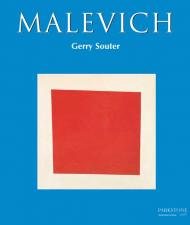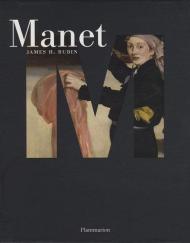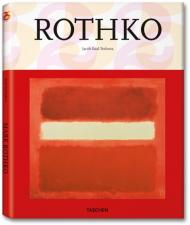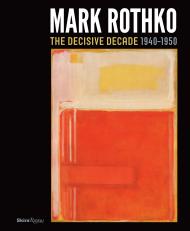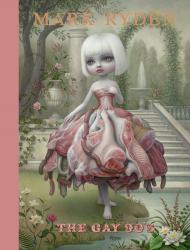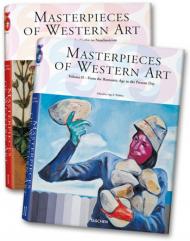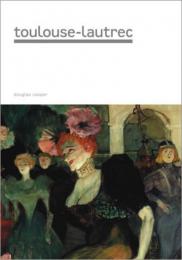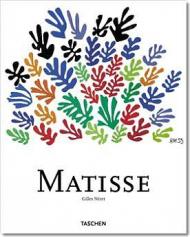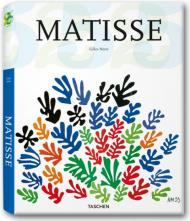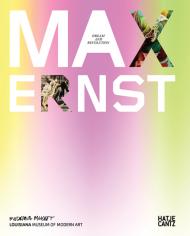Kazimir Malevich (1878 - 1935) was a painter and a great art theorist but first and foremost he was the founder of Suprematism (pure abstraction), a style based on geometrical forms. “Suprematism,��? he wrote, “has led me to discover something that had not been understood until then… there is in human consciousness an imperious desire of space and the will to escape from Earth.��?
This new publication presents the brilliant works of Malevich, the original painter, who until the age of twentyseven had no professional background as a painter, and who learned to draw out of curiosity and out of his will to learn. Gerry Souter once more offers us the works of a brilliant artist as well as a new perspective on the artist’s personality.
The Author:
Gerry Souter earned his degree at The Art Institute of Chicago and then went on to do further studies in art at the University of Chicago. Himself an artist, Souter has exhibited his paintings and photographs at The Art Institute of Chicago, the Phoenix Art Museum and a number of other galleries. A professional author, he has written more than twenty books since 1997, with great success. His continuing studies in Art History and Architecture, the sharpness of his writing, and his visual experience add a dynamic aspect to the study of the lives of artists and the description of their works, keeping the reader captivated, page after page.
Издательства
- Rizzoli (68)
- Prestel (41)
- Thames & Hudson (26)
- Hatje Cantz (19)
- Skira (12)
- Phaidon (11)
- Abbeville Press (10)
- Taschen (10)
- Flame Tree Publishing (8)
- Hirmer (5)
